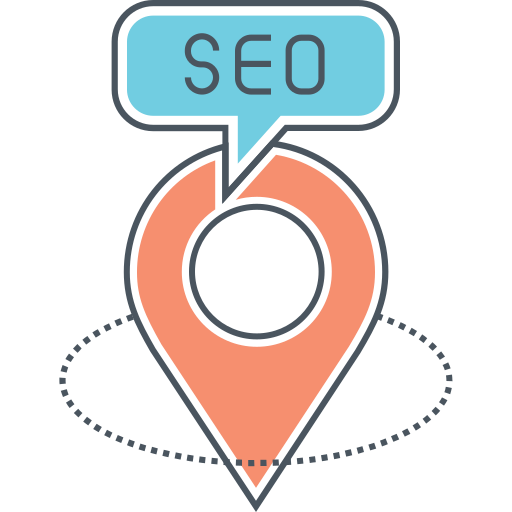How to Find & Increase Average Time on Page in Google Analytics
When it comes to measuring user engagement on your website, one of the most important metrics to consider is the average time on page. This metric, available in Google Analytics, provides valuable insights into how long users spend viewing a particular page. By understanding how to find and increase average time on page, you can optimize your website for better user engagement and ultimately improve your overall website performance.
How to Find Average Time on Page in Google Analytics
Before you can start working on increasing your average time on page, you need to know how to find this metric in Google Analytics. Here’s a step-by-step guide:
- Log in to your Google Analytics account and navigate to the desired website property.
- Click on “Behavior” in the left-hand menu.
- Select “Site Content” and then “All Pages.”
- You will now see a list of all the pages on your website. Look for the “Avg. Time on Page” column to see the average time spent on each page.
Once you have located the average time on page metric, you can analyze it to identify pages with low engagement and take steps to improve them.
Why is Average Time on Page Important?
The average time on page metric is important for several reasons:
1. User Engagement
By measuring how long users spend on a page, you can gauge their level of engagement. A higher average time on page indicates that users are finding your content valuable and are spending more time consuming it. This is a positive signal that your website is providing relevant and engaging content.
2. Content Performance
The average time on page metric can help you understand which pages are performing well and which ones need improvement. If you notice that certain pages have a significantly lower average time on page compared to others, it may indicate that the content on those pages is not resonating with your audience. By identifying these pages, you can make necessary adjustments to improve their performance.
3. Conversion Rate Optimization
Increasing the average time on page can have a positive impact on your conversion rate. When users spend more time on your website, they are more likely to explore your offerings, engage with your calls-to-action, and ultimately convert into customers. By optimizing your website to increase average time on page, you can improve your chances of converting visitors into paying customers.
How to Increase Average Time on Page
Now that you understand the importance of the average time on page metric, let’s explore some strategies to increase this metric:
1. Improve Content Quality
High-quality content is key to keeping users engaged and on your website for longer periods of time. Make sure your content is informative, well-written, and relevant to your target audience. Use visuals, such as images and videos, to enhance the user experience and make your content more engaging.
2. Enhance Readability
Make your content easy to read and digest by using subheadings, bullet points, and short paragraphs. Break up long blocks of text to make it more visually appealing and less overwhelming for users. Additionally, use a clear and legible font size and style.
3. Internal Linking
Internal linking is a great way to keep users on your website for longer periods of time. By linking related pages within your content, you encourage users to explore other relevant information on your website. This not only increases the average time on page but also improves the overall user experience.
4. Optimize Page Load Speed
A slow-loading website can lead to high bounce rates and low average time on page. Optimize your website’s load speed by compressing images, minifying CSS and JavaScript files, and leveraging browser caching. A faster website will keep users engaged and encourage them to spend more time exploring your content.
5. Use Engaging Call-to-Actions
Include clear and compelling call-to-actions throughout your website to encourage users to take the desired actions. Whether it’s signing up for a newsletter, downloading a free resource, or making a purchase, well-placed and enticing call-to-actions can keep users on your website for longer periods of time.
Conclusion
The average time on page metric in Google Analytics is a valuable tool for measuring user engagement and improving website performance. By understanding how to find and increase average time on page, you can optimize your website to provide better user experiences and ultimately drive more conversions. Implement the strategies mentioned in this article, analyze the results, and continue refining your website to achieve better engagement metrics and overall success.



![25 Best AI Social Media Tools to Try in 2024 [Tested Manually]](https://static.semrush.com/blog/uploads/media/d3/fa/d3fa26ef671a81b194bb3a41e73beee4/2c7e96d0d6ae1b7d2f993bdabf9b179b/25-best-ai-social-media-tools-to-try-in-2024.svg)

![The 10 Best AI Writing Tools to Try in 2024 [Tested Manually]](https://static.semrush.com/blog/uploads/media/3a/5e/3a5e0f6ec47a1d4e3495cf6c7a6194d5/8aee055881d17f9c5a0e1ed29dc749fb/the-10-best-ai-writing-tools-to-try-in-2024.svg)